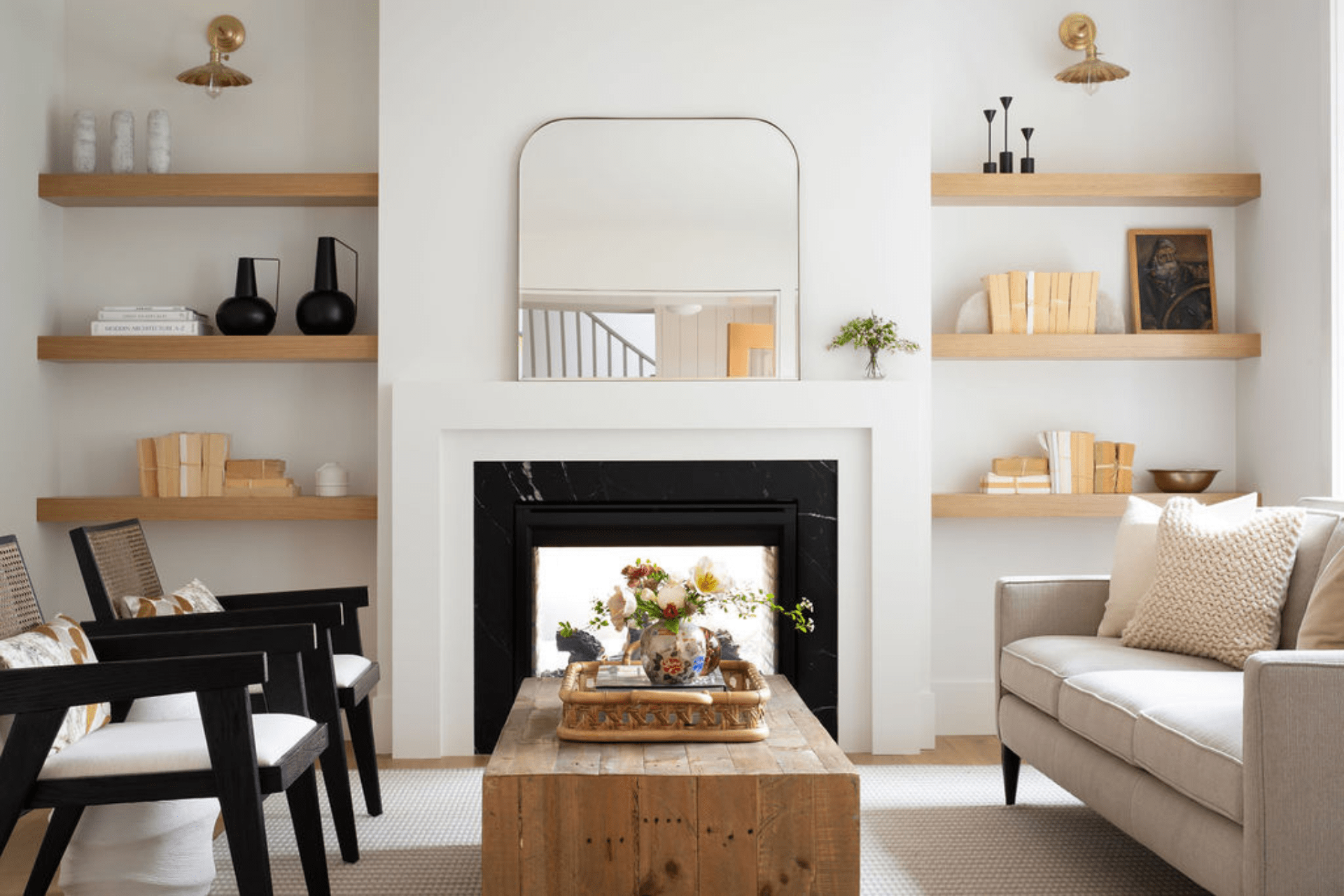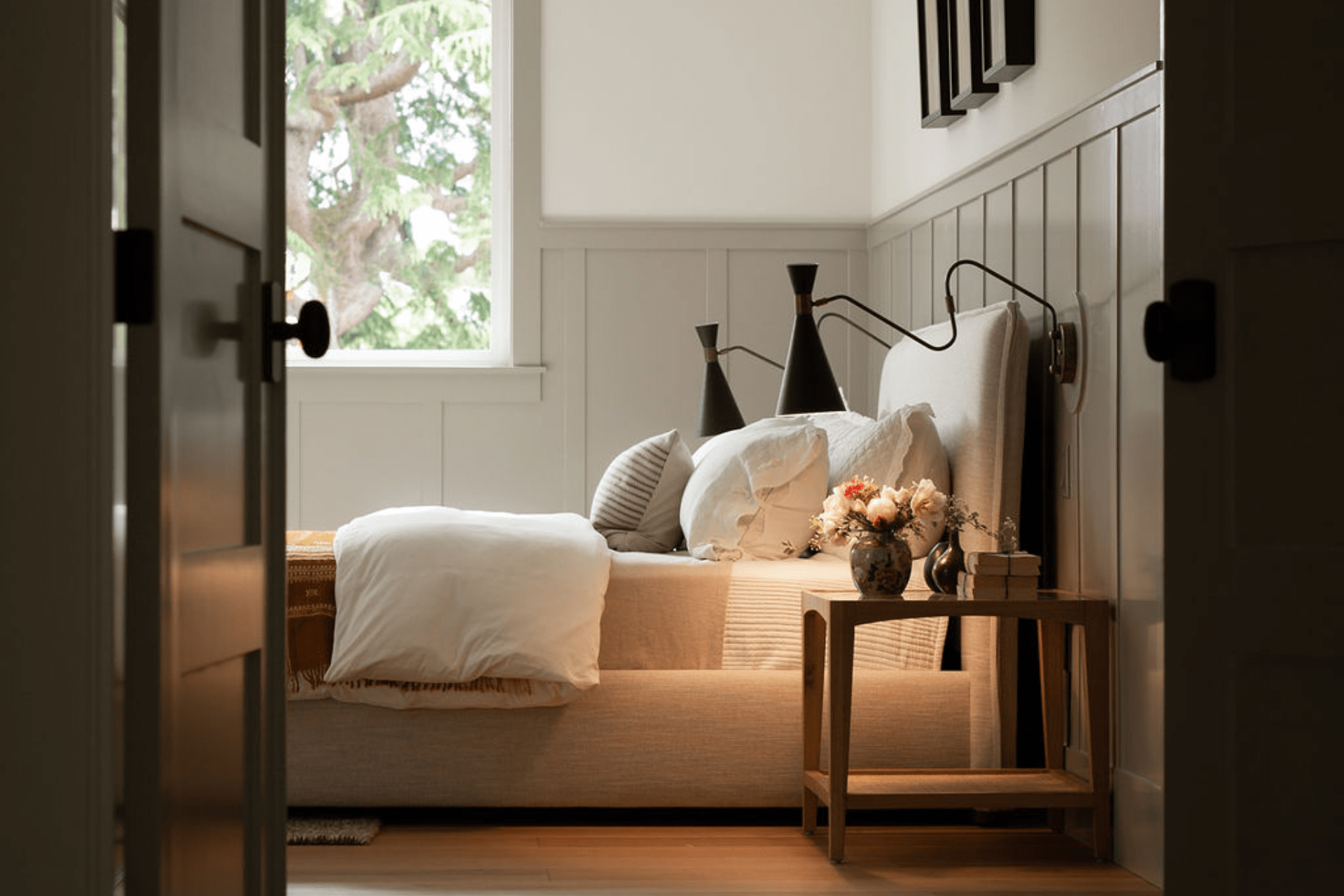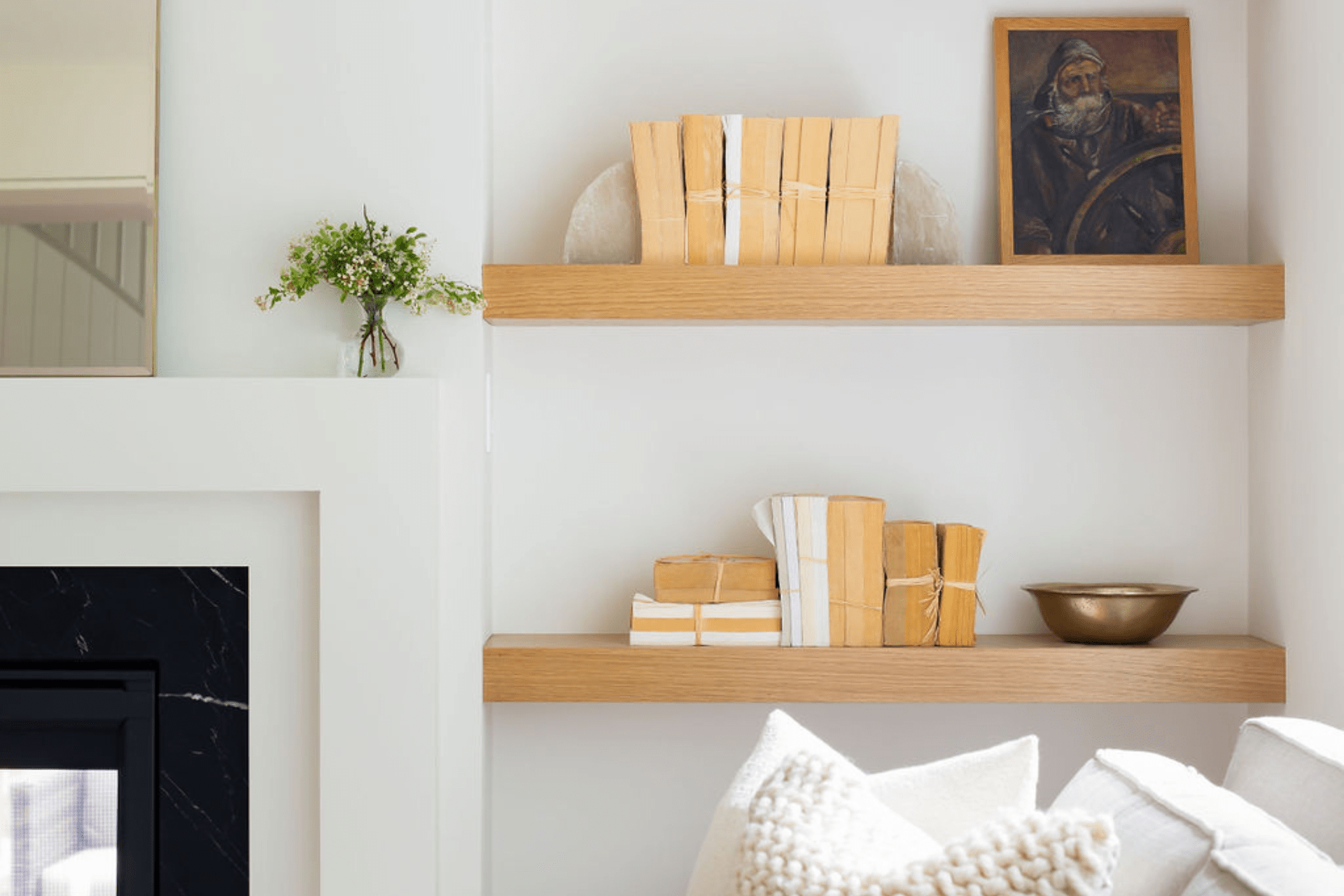Interior Design 101: A Comprehensive Guide to Luxury Styling
You walk into a room that feels wrong, but you can’t figure out why. The furniture fits, the colors match, yet something’s off. As you continue your way through the space, you begin to wonder if it’s the interior design.
Interior design should feel intentional. It’s meant to shape the space with function and beauty so that every inch of a home feels effortless. Let’s take a look at how interior design transforms a house into a luxury home.
What Is Interior Design?
Interior design is the art and science of shaping how people experience a space. Furniture, lighting, texture, and color come together to make a home feel both functional and beautiful.
Interior design is both creative and practical. It considers how layout supports daily life and how color and texture influence mood. When those parts work together, the results are balanced and alive.
The History of Interior Design
Interior design has always reflected how people live. Early civilizations used pattern and texture to express culture and hierarchy. As homes evolved, design shifted from simple function to an expression of taste and identity.
Modern interior design has grown up alongside architecture and art. The goal moved from ornament to intention, from decoration to purpose. Today, design shapes how people feel within a space, connecting craftsmanship to everyday life. Our goal is to create interiors that respect timeless principles while feeling unmistakably current.
Why Is Interior Design Important?
Design shapes more than how a room looks. It shapes how you feel living within it. Here are a few ways interior design improves a home:
Maximize Space
One of interior design’s strongest roles is making the most of square footage. Good design studies how people move, how furniture is arranged, how light plays, and then uses those insights to open up rooms and friction points. The result is a space that works without awkward corners or wasted areas.
Increase Well-Being
A room arranged for function and visual harmony helps reduce stress, supports rest, and improves how you feel in your home. Even the placement of your bed in relation to the door affects how you feel and how you sleep.
Increase Property Value
A thoughtful interior design dramatically impacts your home’s value. Homes with professionally designed interiors sell for up to 12% more than comparable properties without those details. Why? Homes with deliberate interior design stand out and attract buyers, as well as higher offers.
Support a Sustainable Lifestyle
A well-designed interior uses responsible materials and finishes that last. It sets up systems that serve efficiently and are able to adapt to the future. Sustainable interior design translates into less waste and fewer replacements.
4 Interior Design Styles
Each interior design style has its own unique set of guiding influences. Some are grounded in history, while others are grounded in innovation. But they all rely on proportion and texture to create harmony in your space.
1. Traditional Design
Traditional design brings a sense of familiarity and comfort through balance, craftsmanship, and detail. Spaces often feature rich textures, layered fabrics, and timeless silhouettes that feel inviting yet refined. It’s a look rooted in harmony, where every element is intentional and gracefully connected.
2. Modern Design
Modern interiors are defined by simplicity, structure, and light. Clean lines and honest materials like glass, wood, and metal create a space that feels open and effortless. This style values function and form equally, allowing architecture and natural light to take center stage.
3. Minimalist Design
Minimalism is about clarity and purpose. Each piece has meaning, and nothing feels excessive. Open space, soft neutrals, and intentional design choices create an atmosphere of calm and quiet sophistication. The focus isn’t on adding but rather taking away to see what remains.
4. Bohemian Design
Bohemian design celebrates self-expression through color, texture, and collected charm. It blends eras, patterns, and finishes to create a layered, soulful space that feels personal and alive. Every piece tells part of a story, and together, they create something artful and authentic.
7 Principles of Interior Design
Interior design follows seven guiding principles that bring order to creativity. These ideas shape how spaces feel and function. When applied well, these principles define what good interior design achieves: spaces that connect visual harmony with practical use.
1. Balance
Good design distributes visual weight evenly so a room feels stable. Furniture placement and texture work together to create calm and order. Balance gives the eye a place to rest and defines how people move through a space.
2. Unity
Unity ties everything together. Colors and shapes repeat in subtle ways to create a connection. In interior design, unity makes a room feel complete because every part belongs to the same cohesive story.
3. Rhythm
Rhythm is the beat of the space. It relies on the repetition and variation of recurring patterns. It uses aligned sightlines that carry the eye from one focal point to another. This consistency creates flow and movement without chaos.
4. Proportion and Scale
Every object relates to another through size and placement. Proportion and scale make interiors feel comfortable and believable. A well-proportioned space creates visual harmony through deliberate measurement.
5. Emphasis
Emphasis highlights what matters most, whether it’s a statement light fixture or a view framed by clean architecture. It gives the room direction and purpose. A focal point that anchors the eye.
6. Contrast
Like a hype man, contrast brings the energy into a space. Light meets dark, soft meets structured, matte meets gloss. These pairings bring depth and keep a space from feeling flat. Interior design uses contrast to highlight differences and draw emotion.
7. Details
As the saying goes, "The story is in the details." They’re the small choices that close the loop. Think hardware, stitching, and trim that shape how a space feels up close. Details turn a well-designed room into one that feels considered because intention runs through every inch.
Interior Design vs Interior Decorating
Interior design and interior decorating often work together, but they serve different purposes.
Interior design shapes the foundation of a space; it’s about structure, layout, lighting, materials, and how each element supports the way people live. It begins early in the process, guiding architectural flow and spatial harmony.
Interior decorating, on the other hand, refines what’s already built. It adds layers of personality through color palettes, furniture, art, and accessories. Decorating brings the finishing touches, while design builds the framework that makes a room functional, cohesive, and timeless.
Interior Design for House Staging
House staging is the intersection of design and psychology. It’s about helping buyers feel an immediate connection the moment they walk in.
Effective staging uses design principles like flow, proportion, and color to highlight a property’s best features. It removes distraction, guides the eye, and creates a story that allows buyers to see themselves living there.
We use the same care in staging that we bring to full-scale design projects. Every layout, fabric, and accent is chosen with strategy and style, because when a home looks refined, inviting, and lived-in, it doesn’t just photograph well. It sells.
What Is Interior Design: Frequently Asked Questions
What exactly does an interior designer do?
An interior designer plans how a space will look and work. They coordinate layout, materials, color, and lighting to create environments that serve both comfort and function.
What is the definition of interior design?
Interior design is the professional practice of shaping interiors through planning, structure, and style. It defines how people experience a space. When it comes to what interior design is, it’s what connects beauty to purpose.
Is interior design easy?
Interior design takes skill and training. Every decision affects how a room feels. Good design looks simple, but it’s the result of experience and training.
Work With Seattle Swank To Design Your Dream Interior Space
Seattle Swank creates rooms that are effortless and refined. Contact us to start designing your dream interior space and see what intentional interior design can do for your home.



